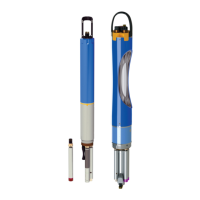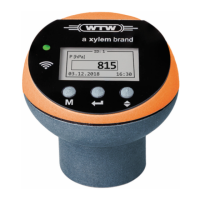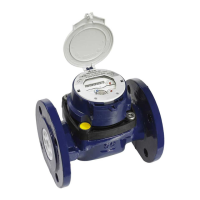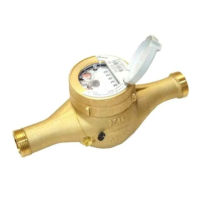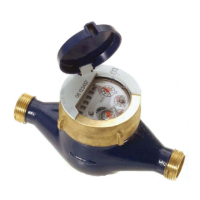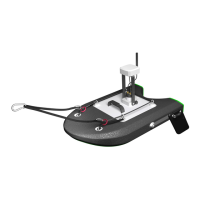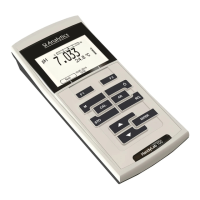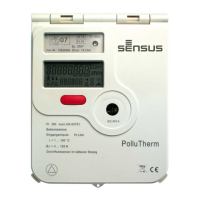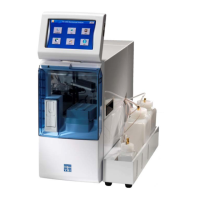
Do you have a question about the Xylem YSI 2500 and is the answer not in the manual?
| ORP Accuracy | ±1 mV |
|---|---|
| Temperature Resolution | 0.1 °C |
| Conductivity Range | 0 to 200 mS/cm |
| Dissolved Oxygen Range | 0 to 50 mg/L |
| Dissolved Oxygen Resolution | 0.01 mg/L |
| Display | LCD |
| Communication Interface | USB |
| Salinity Compensation | Automatic |
| Measurement Parameters | pH, ORP, Conductivity, Salinity, Dissolved Oxygen, Temperature |
| pH Range | 0 to 14 |
| pH Resolution | 0.01 |
| Conductivity Accuracy | ±0.5% of reading |
| Salinity Range | 0 to 70 |
| Salinity Resolution | 0.01 |
| Salinity Accuracy | ±1% of reading |
| Barometric Pressure Compensation | Automatic |
| Conductivity Resolution | 0.001 mS/cm (auto-ranging) |
Defines the analyzer's purpose and key features for research and bioprocessing.
Lists technical details including power requirements, working environment, and dimensions.
Crucial safety guidelines for operation, handling, and power connection.
Explains warning, caution, and other symbols used throughout the manual.
Instructions for unboxing the instrument and checking for all listed contents.
Lists essential items needed for initial operation and sample analysis.
Identifies and describes the main parts of the YSI 2500 Biochemistry Analyzer.
Steps for setting up the bottle rack, connecting tubing and cables.
Instructions for connecting the instrument to an electrical outlet.
Detailed procedure for accurately adjusting the sipper's position and depth.
Preparing/installing buffer/calibrator solutions and installing enzyme membranes.
Setting up chemistries, calibrator, and checking probe currents.
Performing membrane integrity and linearity tests before running samples.
Steps to set up batches, load samples, and start analysis.
Procedures for performing quick STAT sample measurements.
Configuring system, display, clock, and screensaver options.
Accessing service menus for sipper, module, and pump controls.
Viewing, exporting, and managing plate and calibration data.
Setting up network and serial connections for data transfer.
Setting up parameters for Glucose, L-Lactate, and simultaneous measurements.
Procedures and agents for cleaning and decontaminating the instrument.
Routine checks and tasks performed daily for instrument upkeep.
Tasks to be performed monthly to minimize contamination.
Periodic maintenance tasks for optimal performance, including component replacement.
Guidelines for storing the analyzer when not in use.
Procedures for safely moving and transporting the instrument.
Common issues, their possible causes, and recommended corrective actions.
Explanation of the sensor's underlying technology and membrane structure.
How the analyzer measures samples and the principles of calibration.
Impacts of linearity, temperature, and level sensing on measurement accuracy.
Warranty terms, limitations, and procedures for returning the instrument for service.
Mandatory cleaning and decontamination procedures before instrument service.
Statements regarding compliance with relevant directives and standards.
Visual map of the instrument's software functions and menu structure.
Data for converting concentration units for various tests and standards.
Lists chemicals that can affect measurement accuracy and potential interferences.
Visual guide for connecting power cords correctly for different regions.
Catalog of consumables, reagents, and optional equipment for the analyzer.
